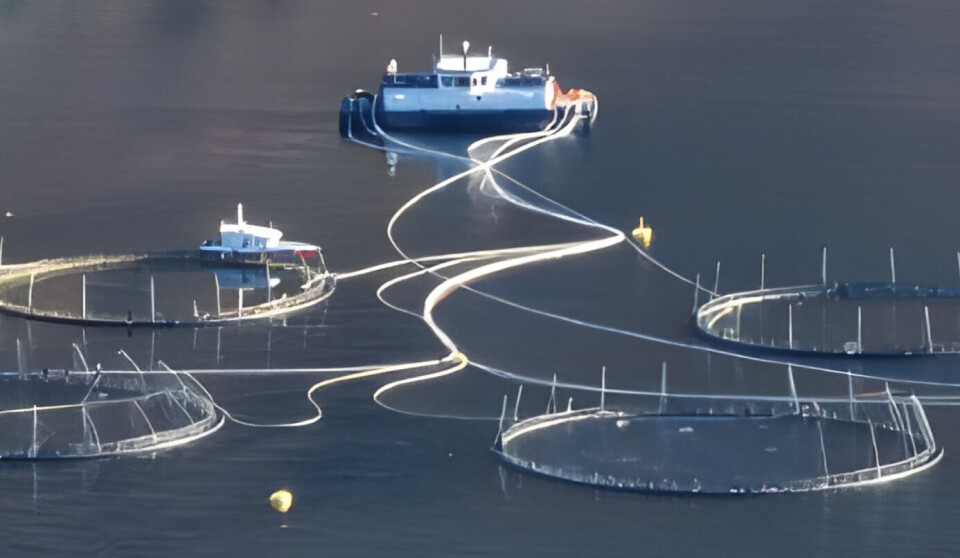
Farmed salmon injured by net washer
A high degree of fouling on pen nets meant that the grid of a washing robot was removed. This led to increased mortality.
Salmon farmer Grieg Seafood has reported an incident of increased mortality after a protective grid was removed from a net cleaning robot at a site in Norway, reports Fish Farming Expert’s Norwegian sister site, Kyst.no.
“It appears that fish have entered the system and been damaged. The incident has been taken up with the washing company,” Grieg Seafood Finnmark in a report to the Norwegian Food Safety Authority (Mattilsynet) which has been seen by Kyst editor Ole Andreas Drønen.
Grids are normally used on washing robots during washing to prevent such incidents, but the company said it was removed during the cleaning operation at its Vegglandet farm in Hammerfest municipality as a result of a high degree of fouling on the cages.
Mortality has normalised
“The incident is treated as a non-conformity by us and the washing company. Mortality has normalised following the incident,” wrote Grieg.
In the document Kyst.no has gained access to, Mattilsynet has censored how many fish were injured by the washing robot. Kyst.no has complained about the decision to redact the document.
The incident, on June 12, was the first of two mortality events at Vegglandet.
Four days later, there was a new episode of mortality following the flushing of cages and lice skirts.
“This time there was no mechanical damage to the fish - and it is suspected that the mortality was due to an effect on the gills from growth or impregnation,” wrote Grieg.
Under 5,000 fish lost
Roger Pedersen, community contact at Grieg Seafood Finnmark, confirmed to Kyst.no that the company had experienced increased mortality in two pens at the site in connection with washing cages.
“The incidents appear to be a combination of a lot of fouling and reduced water exchange when using lice skirts,” he said.
The proportion of fish with mechanical damage, said Pedersen, has turned out to be lower than first reported, and mortality has normalised following the incidents.
“The measures we have put in place are linked to modifications to the washing equipment, as well as lifting up the lice skirts to ensure plenty of oxygen. If necessary, feeding will also be paused during the actual washing,” he said.
He added that in total the company has lost just under 5,000 fish in connection with the incidents.























































